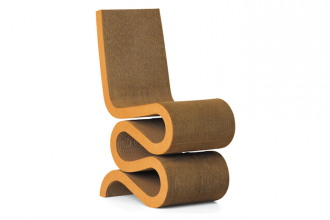
Chair (cardboard)
Designed in 1972 by architect Frank Gehry as part of the Easy Edges furniture series, the Wiggle Side Chair is the most iconic cardboard chair.

Designed in 1972 by architect Frank Gehry as part of the Easy Edges furniture series, the Wiggle Side Chair is the most iconic cardboard chair.

Designed in 1966 by Warren Platner and originally introduced by Knoll International, the Platner wire series are icons of modern furniture.

Designed in 1962 by Achille and Pier Giacomo Castiglioni, the famous Taccia lamp is the most iconic table lamp for indirect lighting.
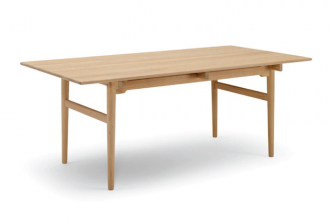
Hans Wegner (1914-2007) was a famous Danish furniture designer, who contributed to the popularity of mid-century Danish design.
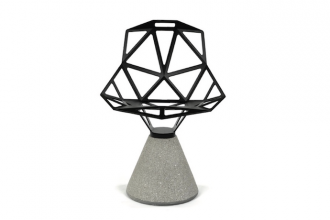
Born in 1965 and educated at the Royal College of Art in London, Konstantin Grcic is a contemporary industrial designer who has developed furniture, products and lighting for leading companies.
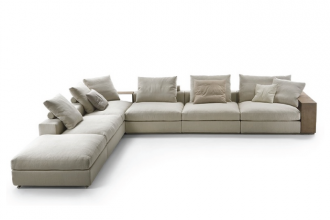
Founded in 1959 by brothers Romeo, Pietro and Agostino Galimberti, Flexform SpA designs, produces and markets furniture and furnishing accessories.
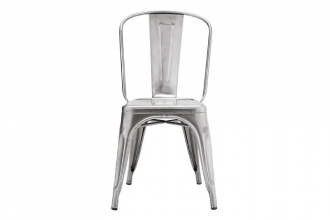
Based in Autun, Burgundy, Xavier Pauchard (1880-1948) was a pioneer of galvanization in France. After World War I, he began to manufacture housewares from galvanized sheet-metal.
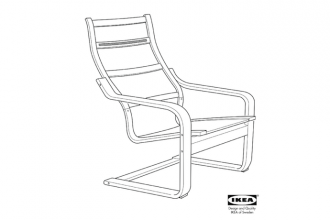
Founded in 1943 by Ingvar Kamprad IKEA is a the world’s leading manufacturer and retailer of ready-to-assemble furniture.
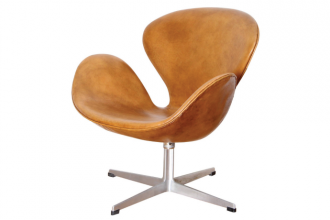
Introduced in 1958 by Danish architect and designer Arne Jacobsen (1902–1971), the Swan chair is one of his most iconic pieces of furniture.

Designed in 1950 by Charles and Ray Eames, the iconic fiberglass chair was intentionally an entry for the ‘International Competition for Low-Cost Furniture Design’.

Originally founded in the 1920s in the United States, Noma was the largest manufacturer of holiday lighting in the world.
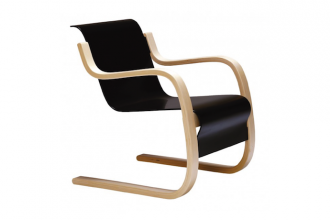
Alvar Aalto (1898-1976) was a famous Finnish architect and designer and is mostly known for his natural and organic furniture and glassware designs.

Founded in 1990 by interior designer Alessandro Agrati, Culti is a manufacturer of home fragrances, credited for inventing the reed diffuser.
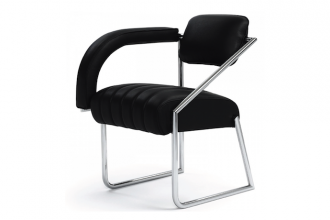
Mentioned in the same breath as Le Corbusier, Mies van der Rohe and Marcel Breuer, Eileen Gray (1878–1976) was a leading designer of tubular steel furniture designs.

Founded in 1888 by René Lalique as a jewelers workshop, Lalique is a French glassmaker, best known for producing glass art, vases and perfume bottles.

Founded in 1867 by Théophile Winckelmans, Winckelmans is a worldwide leader in the production of porcelain and vitrified tiles.
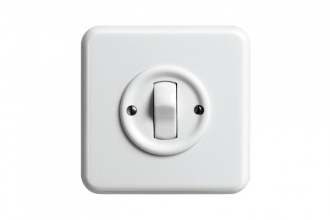
Founded in 1909 by Adolf Feller, Feller SA is a manufacturer of electrical installation products and market leader in Switzerland.
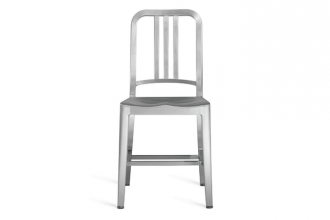
Founded in 1944 by Wilton C. Dinges, Emeco is a manufacturer of furniture, mostly known for its aluminum Navy chair.
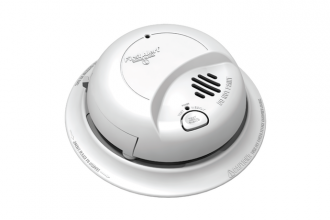
Founded in 1967 in Aurora, Illinois, BRK Electronics is a leading worldwide manufacturer and marketer of a line of home safety products under the First Alert brand name.
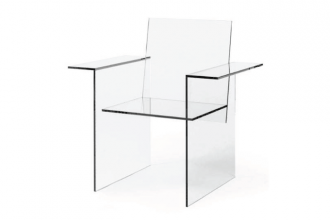
Shiro Kuramata (1934-1991) studied architecture and cabinet-making and is considered the most influential designer of postwar Japan.

Founded in 1873 by Graziano Appiani in Treviso in 1873, Appiani is one of the oldest manufacturers of tiles in the world.
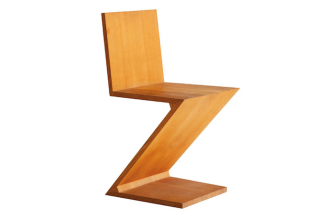
Gerrit Thomas Rietveld (1888–1964) was a Dutch architect, furniture designer and one of the principal members of the artistic movement De Stijl.
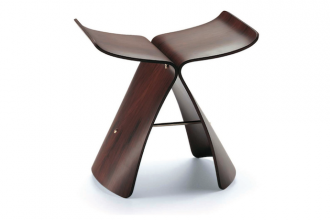
Sori Yanagi (1915–2011) was a famous Japanese product designer, who updated traditional Japanese forms for the modern age.

Hans Wegner (1914-2007) was a famous Danish furniture designer, who contributed to the popularity of mid-century Danish design.

Trained by Achille Castiglioni and Vico Magistretti, Patricia Urquiola (1961) is a famous Spanish furniture designer.
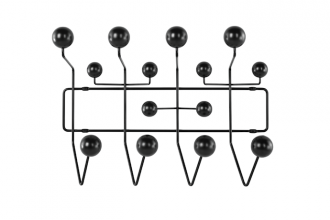
Charles (1907–1978) and Ray Eames (1912–1988) were American designers who made major contributions to modern architecture and furniture.

Founded in 1878 in Abensberg by Adolf Wilhelm Keim, Keimfarben is one of the world’s leading manufacturers of silicate paints.
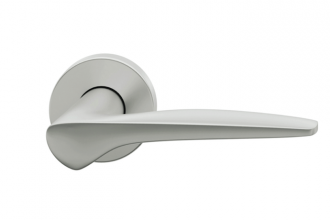
Founded in 1881 by Franz Schneider as a producer of furniture knobs, Franz Schneider Brakel (FSB) is a manufacturer of door handles and door fittings.

Designed in 1965 by Gae Aulenti for Martinelli Luce, the Pipistrello has become one of the classic icons of 20th century design.
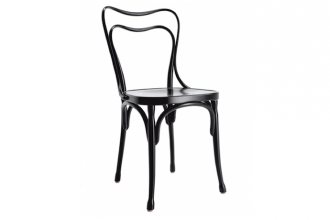
Designed in 1898 by Adolf Loos to furnish the famous Café Museum in Vienna, the Museum Chair is the most iconic café chair.
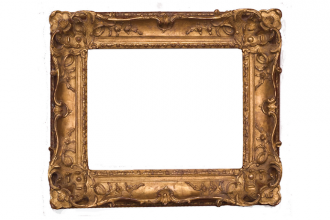
Founded in 1845 in Amsterdam by A.J. Heydenryk, The House of Heydenryk is regarded as one of the world’s most prestigious picture frame companies.
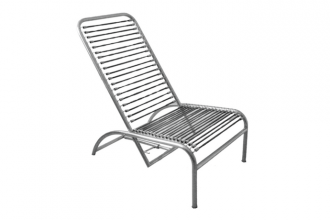
René Herbst (1891-1982) was one of the first designers in France to experiment with tubular steel for furniture. For his most iconic designs Herbst also used elastic rubber stretcher belts.
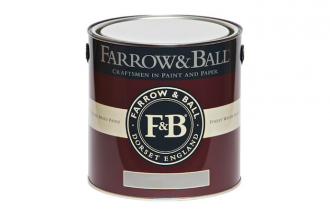
Founded in the 1930s by John Farrow and Richard Maurice Ball, Farrow & Ball are a British manufacturer of paints and wallpapers based upon historic colour palettes.
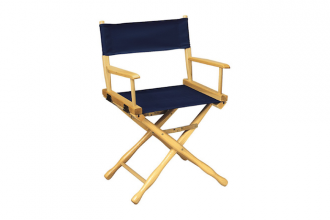
Founded in 1892, the Gold Medal Camp Furniture company designed the original director’s chair: a lightweight wooden chair, with canvas seat and backrest.
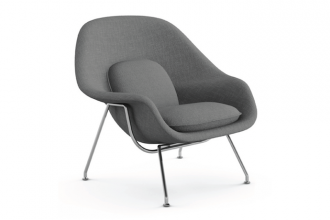
Eero Saarinen (1910-1961) was the son of famous architect and Cranbrook Academy of Art Director Eliel Saarinen.
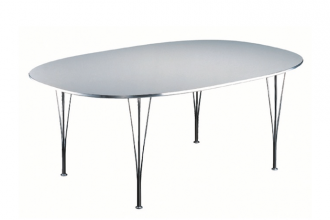
Piet Hein (1905-1996), a direct descendant of Piet Pieterszoon Hein, the 17th-Century Dutch naval hero, was a Danish scientist and mathematician.
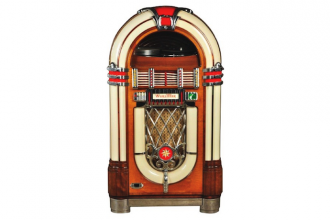
Founded in 1853 by Rudolph Wurlitzer, The Rudolph Wurlitzer Company, or simply Wurlitzer, was the manufacturer of world’s most iconic jukebox.

Designed in 1938 by Antonio Bonet, Juan Kurchan and Jorge Ferrari Hardoy, the Butterfy Chair is arguably one of the most well-known chairs in the world.

Eero Saarinen (1910-1961) was the son of famous architect and Cranbrook Academy of Art Director Eliel Saarinen. After studying sculpture in Paris and architecture at Yale, Saarinen returned to Cranbrook.
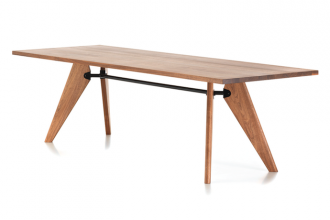
Trained as a craftsman in wrought iron, Jean Prouvé opened his own workshop ‘Ateliers Jean Prouvé’ in 1923.
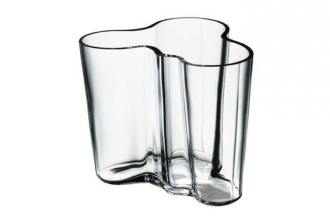
Designed in 1936 by Finnish designer Alvar Aalto as an entry in a design competition for the Karhula-Iittala glassworks factory, the iconic Alvar Aalto Vase is one of the most famous glass pieces in history.

Charlotte Perriand (1903–1999) was a French architect and designer, mostly known for the furniture designs she created with Le Corbusier and Pierre Jeanneret.
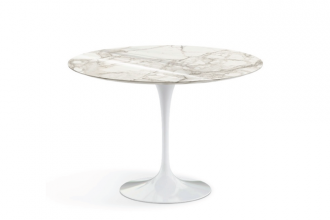
Eero Saarinen (1910–1961), son of influential architect and head of the Cranbrook Academy of Art Eliel Saarinen, was a famous architect and industrial designer known for his neofuturistic style.
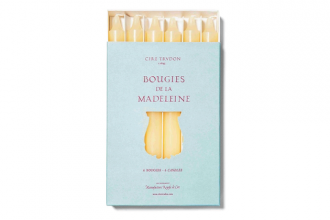
Founded in 1643 by Claude Trudon, Cire Trudon is the oldest wax-producing factory in the world. It was the provider of the royal court of Louis XIV.

Founded in 1912 by Renzo Frau, Poltrona Frau is an Italian furniture-maker, known for their exhaustive quality standards.

Inspired by these traditional lanterns, artist Isamu Noguchi, designed a series of light sculptures in 1951, which he named Akari, meaning light in Japanese.

Marcel Wanders is a Dutch product- and interior designer who designed for leading international companies such as Flos, Alessi, Puma and KLM Royal Dutch Airlines.

Designed in 1967 by Jonathan De Pas, Donato D’Urbino, Paolo Lomazzi, Carla Scolari, Blow is the first piece of inflatable living room furniture to be mass-produced.

Founded in 1906 by Mark Honeywell, Honeywell International, Inc. is a multinational conglomerate company that produces a variety of commercial and consumer products.

Designed in 1955 by Danish architect and designer Arne Jacobsen (1902–1971), the iconic Model 3107 chair is arguably the most well-known chair in the world.